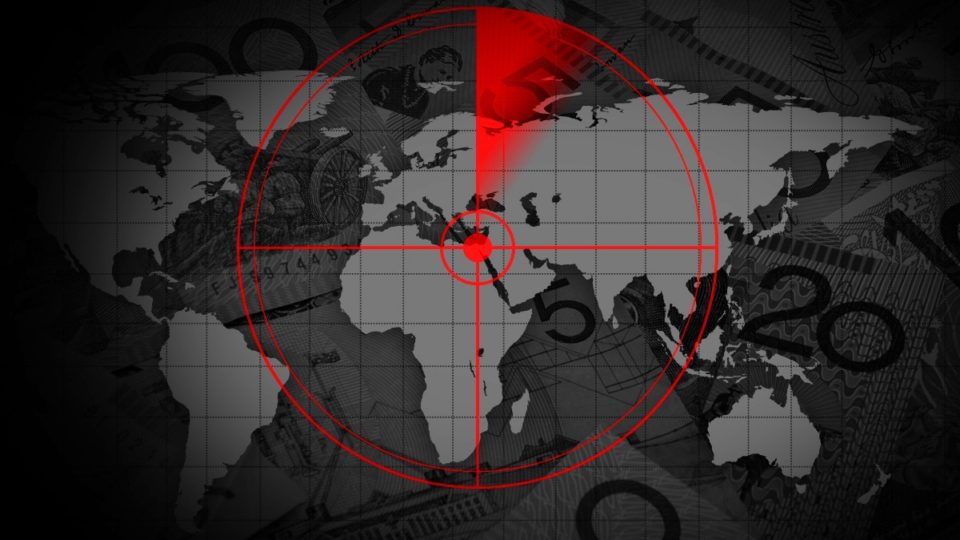
Opinion: Ditching “centric” views of the Silk Road
In 1877, German traveler and geographer Baron von Richthofen first coined the romantically sounding moniker Seidenstraße, or “Silk Road” to refer to a network of trade routes connecting the East and West, thought to stretch from China to the Mediterranean through Central Asia.
While the exotic nomenclature was relatively new, the network of routes itself has a very ancient origin. It was a witness of the rise and fall of empires, from the one forged by Alexander of Macedon to the Chinese Tang Dynasty, from the flowering Sasanian Empire of the Shahanshah’s to the powerful Rome of the Caesars. Countless traders, camels and travelers passed through it, exchanging not only commodities, currencies, gold, silver, silk but also technology, religions, and wars.
The Silk Road is important not only from the historical perspective, it is still something that continuously impacting our lives. The Silk Road itself had always been in an organic growth with self-adaptiveness.
When wars broke up and obstructed the terrestrial Silk Road, the maritime routes formed, continued to carry silks, spices and spirituality through the great oceans. Cicero once remarked, “pecunia nervus belli – money is the soul of war”, and one could add that money, or rather the pursuit for wealth, is the driver of human civilization.
Much milk is spilt on this subject. The Chinese sociologist and anthropologist Fei Xiaotong proposed that there was a network of dotted lines in non-Chinese areas that “connect all the ethnic groups in East Asia…and achieved a great unification of the pattern”. This is seen in relation of the Chinese civilization, that is from a Sinocentric point of view.
Writer and historian Peter Frankopan in his breathtaking, ambitious 2015 history The Silk Roads shows his profound understanding of the subject he wrote about.
He notices polities along the Silk Road had and have been engaging in cross-border cooperation, and how the Silk Road had tremendously influenced the religious and material life of the nations along its paths.
A deserving description of Frankopan’s work is that it is provocative, its shortcoming lies in Frankopan’s failure to integrate the qualitative outcome of the relations between the Silk Road with the actual situations of the diverse countries.
Many of these works show a certain form of “centrism”, yet in reality the Silk Road was center-less. Contrary to what some believe, the Silk Road was not exactly a single “route”, but rather it is a complex network formed by multiple branches, which in turn were made up by various diverse states and polities that were its “nodes”. These “nodes” are not the “centers” of the Silk Road. Instead, they served as points of connections linking one another along the Silk Road, from Palmyra to Persepolis, from Chang’an to Constantinople. The major powers in the Silk Road region in centuries past saw themselves as the centers being more important than other states or polities of the region, without realizing their conditions, or this network of trade routes determined even their existence. In other words, we need to “de-centricize” how we see the Silk Road.
The Silk Road, being an objective existence that has its history spans for thousands of years, continues to play a significant role today in new forms. While silks might cease to be the main commodity traded today, the Silk Road as a network of trade routes continues to shape the world as we know.
The expansion of civilization and trade is closely related to the concept of space, and space is a decisive factor and force of influence, especially in a world that is increasingly smaller. Works on space and power, like Alfred Thayer Mahan’s Influence of Sea Power Upon History, have often influenced and shaped the world’s geostrategic understanding, and this eventually gave rise to today’s U.S.-China trade disputes. Such works are often based on one form of “centrism” or another.
These various “centrisms” are meant to see the world from one single perspective. In this era of multiple, diverse narratives and perspectives, it is the high time that we should shift to the “de-centrist” view, as it is about understanding “how the world sees ourselves”.
Such shift of perspectives and paradigms allows us to re-examine what happened in history from different perspectives, at different levels, in different frameworks, and in different systems. This would then, eventually carry significant importance for us to understand what is happening in the world today.
Chen Gong is the Chief Researcher of the Beijing-based ANBOUND Think Tank. Established in 1993, ANBOUND specializes in public policy research, urban studies and international relations. ANBOUND has branches in various parts of China and an office in Kuala Lumpur, Malaysia.




